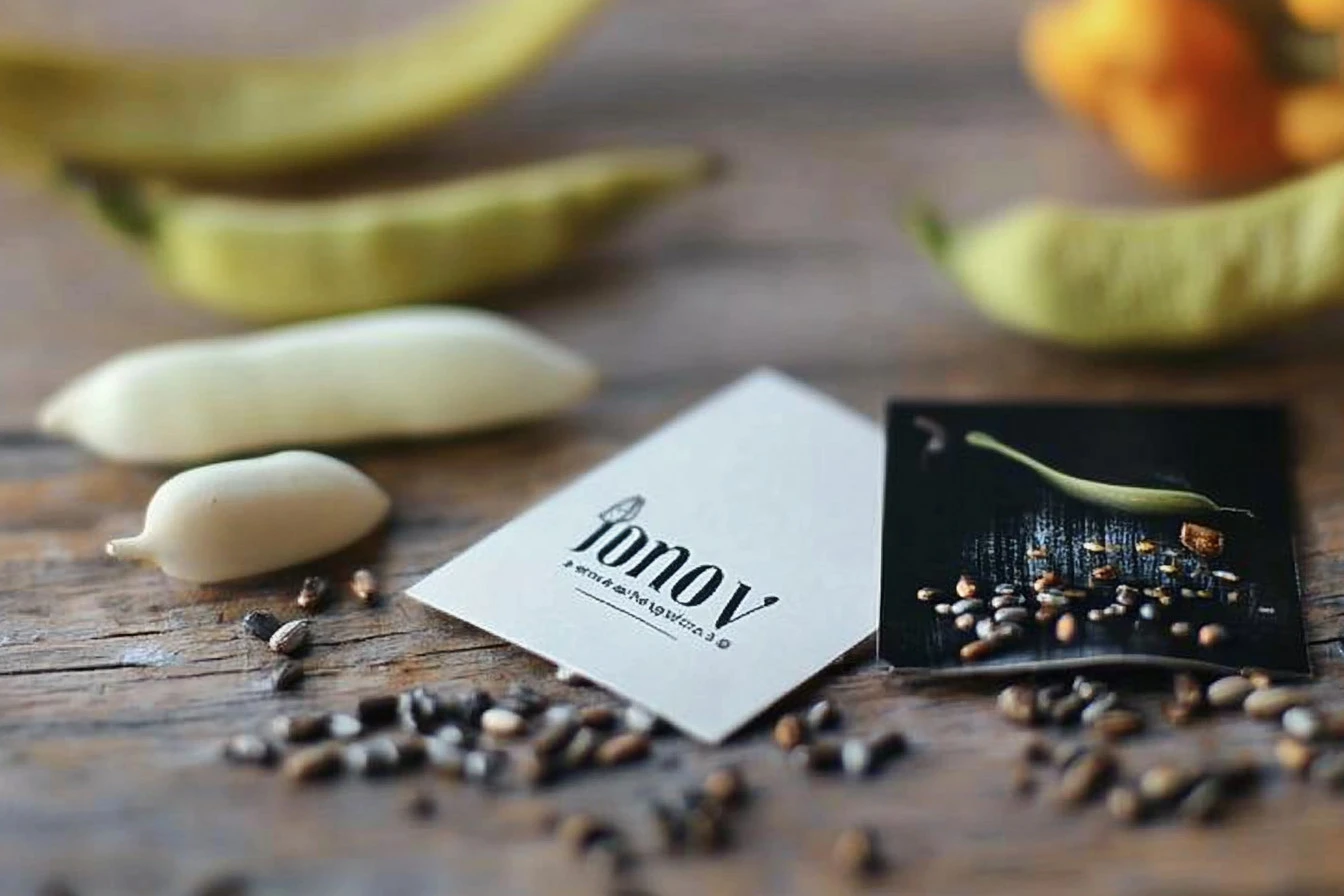Keeping your garden seeds organized is essential for successful planting and nurturing of your garden. Whether you’re an experienced gardener or just starting out, having a well-structured seed storage system can save you time and prevent confusion. In this guide, we’ll explore effective strategies to manage your seed collection, making your gardening experience more enjoyable and productive.
Why Organizing Your Seeds Matters
Before we dive into the methods of seed organization, let’s discuss why it’s crucial:
- Efficiency: Easily find the seeds you need without rummaging through unorganized boxes.
- Better Planning: Know what you have, how much of it, and when to plant it for optimal growth.
- Seed Longevity: Proper storage can extend the shelf life of your seeds, guarding against spoilage and deterioration.
Step 1: Gather Your Supplies
To get started on organizing your seeds, you’ll need a few essential supplies:
- Seed Storage Containers: Clear plastic or glass jars work well. Consider environmentally friendly options too.
- Labels: Use waterproof labels or washi tape to mark your containers clearly.
- Writing Tools: Pens or markers that can write on your labels without smudging.
- Index Cards: These can be useful for recording additional information about your seeds.
Step 2: Sort Your Seeds
Sorting your seeds is the foundation of a successful organization system. Here are some methods you could consider:
By Plant Type
Group your seeds by categories such as:
- Vegetables: Tomatoes, peppers, cucumbers
- Herbs: Basil, cilantro, parsley
- Flowers: Marigolds, zinnias, sunflowers
By Growth Cycle
This approach allows you to plan your planting schedule more effectively. Consider organizing by:
- Cool-Season Crops: Spinach, kale, and peas
- Warm-Season Crops: Corn, beans, and squash
By Planting Time
You can also sort your seeds based on when they should be planted:
- Early Spring: Broccoli, carrots
- Late Spring: Zucchini, cucumbers
- Summer: Pumpkins, bell peppers
Step 3: Create a Seed Inventory
Once you’ve sorted your seeds, it’s important to keep a detailed record. An inventory can help you track your collection and eliminate duplicate purchases. You can create your inventory in several ways:
- Physical Notebook: Write down each type of seed, quantity, and planting dates.
- Spreadsheet: Use applications like Google Sheets or Excel to track your seeds electronically.
Important Information to Include:
- Seed variety
- Date of purchase
- Expiration date
- Notes on planting success or failures
Step 4: Label Everything
Properly labeling your seeds is crucial for quick identification. Use the following tips for effective labeling:
- Include the Plant Name: Clearly write the plant species.
- Add Planting Instructions: Note down specifics like ideal planting depth and sunlight requirements if space allows.
- Keep it Clear: Use legible handwriting or a printed label to ensure visibility.
Step 5: Choose Your Storage Method
Now that everything is sorted and labeled, it’s time to find the right storage method. Here are a few ideas:
- Seed Binders: Use a binder with clear plastic sleeves to store packets. This keeps them visible and protected.
- Shoe Boxes: These are a great option for bulk seeds. Use dividers for categories.
- Stackable Containers: These save space and are perfect for smaller seed collections.
Step 6: Maintain Your Seed Collection
Regular maintenance of your seed collection ensures its longevity:
- Annual Review: Check your inventory once a year to replace outdated seeds.
- Collection Updates: Add new seeds as you purchase or collect them.
- Seasonal Planning: Before each planting season, review and plan what seeds you’ll be using.
Conclusion
Organizing your garden seeds doesn’t just streamline your planting process; it enhances your overall gardening experience. A well-kept collection allows you to have maximum control over your gardening endeavors, and no detail is too small to consider.
Happy gardening, and don’t forget: a little organization goes a long way!
FAQ Section
Q: How long do garden seeds last?
A: Most seeds can last at least 1 to 3 years if stored properly, but some can remain viable for up to 5 years or longer. Always check seed packets for specific information.
Q: What is the best way to store seeds?
A: Store seeds in a cool, dark, and dry place. Airtight containers or vacuum-sealed bags are ideal for preserving seed viability.
Q: Can I reuse old seeds?
A: Yes, you can reuse old seeds. Conduct a germination test to ensure they’re still viable before planting.
